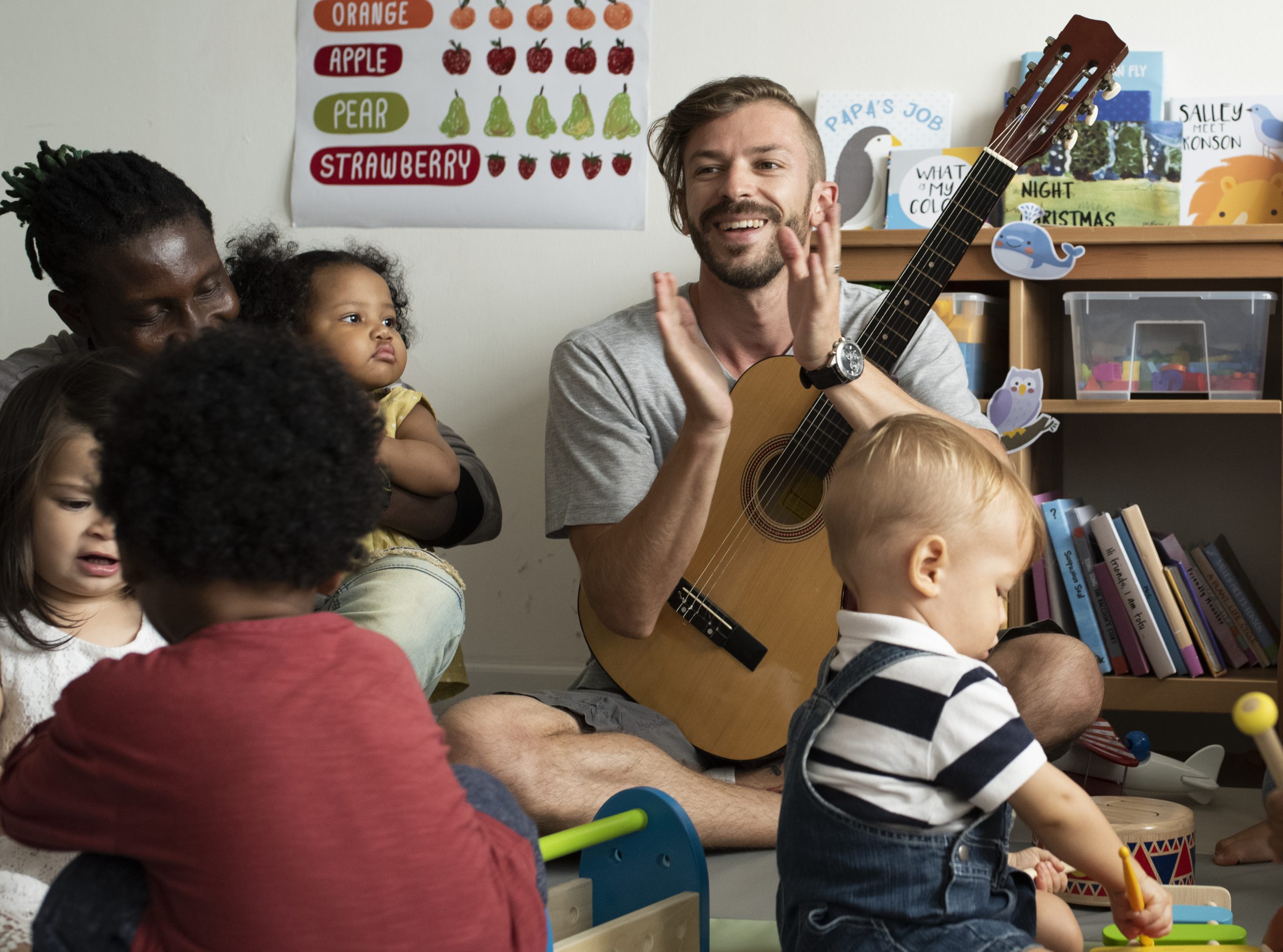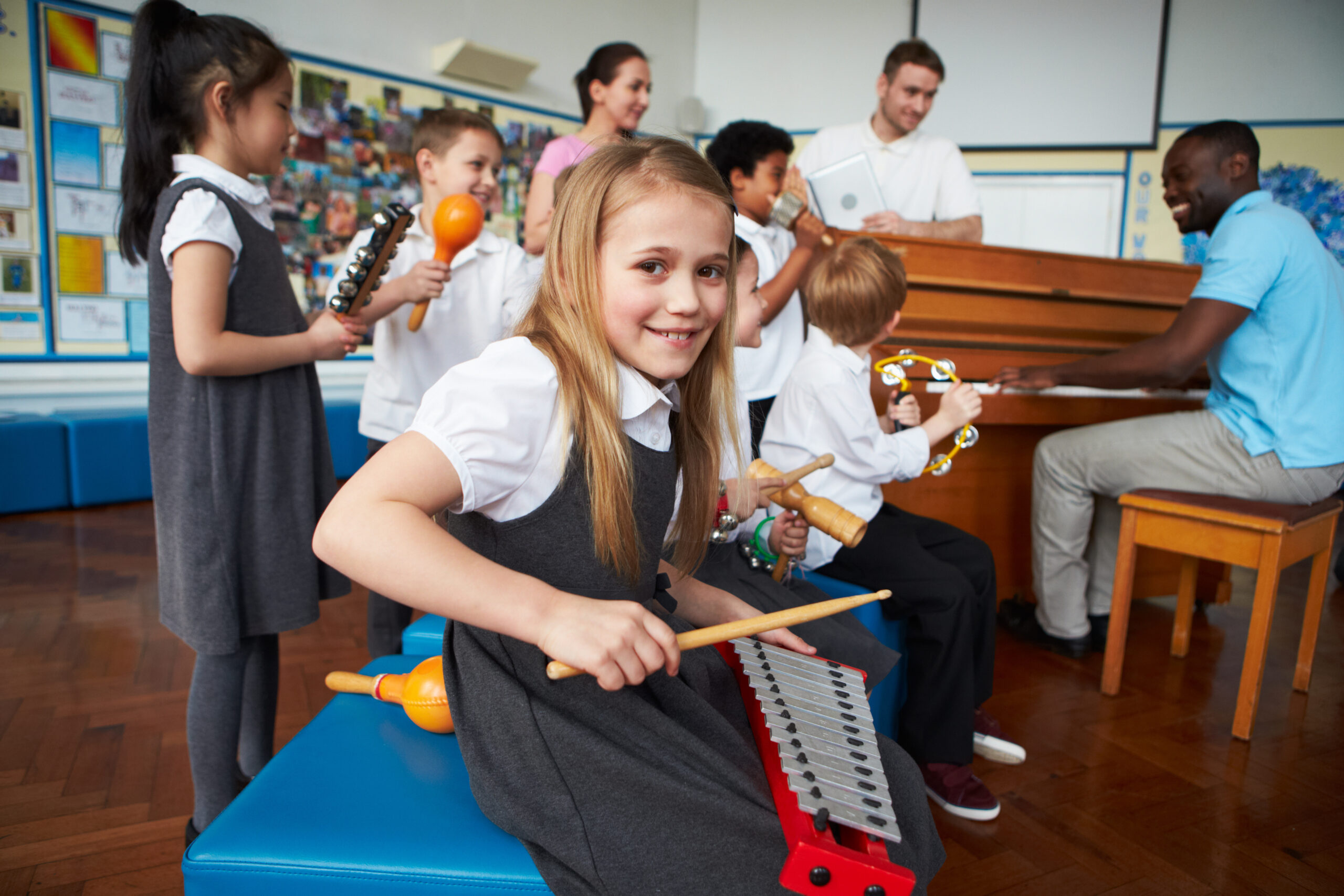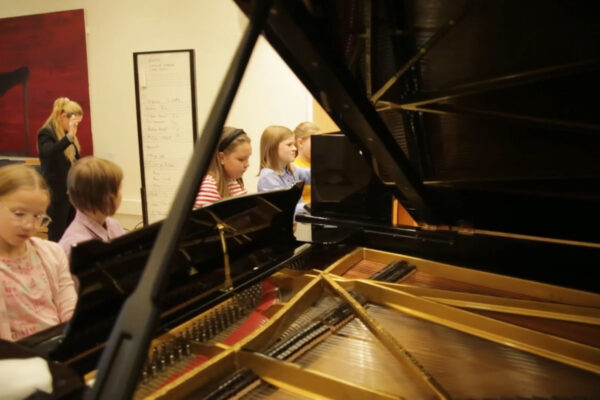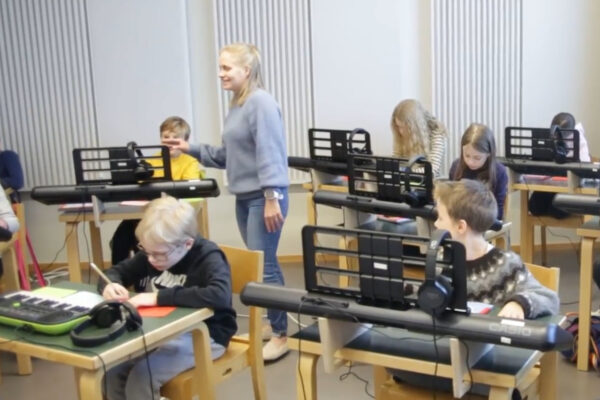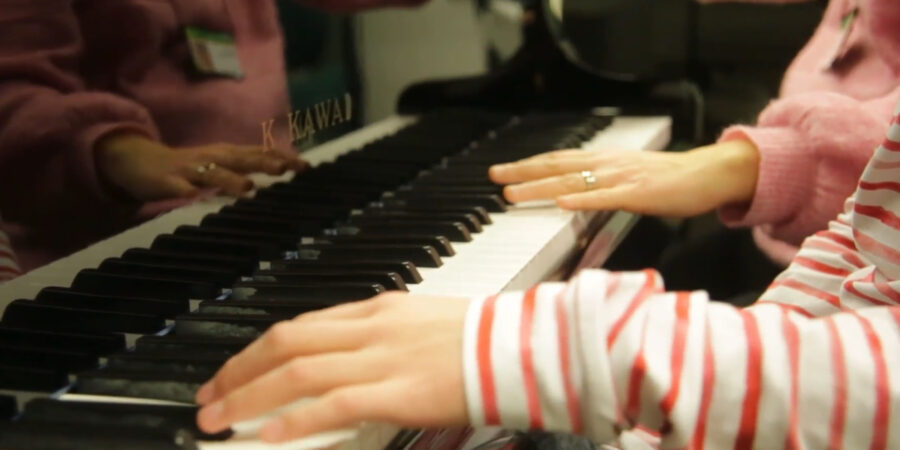
What is keyboard harmony?
Keyboard harmony is partly like playing by ear and makes music making more practical for example when accompanying someone with the piano. All you need is a melody and the chords, often the score doesn’t provide a detailed version of the music. Keyboard harmony can be used within all music genres, not only in popular/jazz music but also in classical music. The use of chord symbols is helpful in visualizing the harmonies of the piece.
What kind of benefits does keyboard harmony bring?
The use of chord symbols develops also the pupil’s understanding of the keyboard harmony in classical music, makes sight reading easier and helps general musical understanding and perception. When studying keyboard harmony the pupil learns different kinds of comp styles which he or she can use in various musical situations and it also gives a good basis for transposing and impovisation. The pupil will be able to arrange pieces according to the situation. When accompanying another instrument, singer or him/herself singing one only needs to play the harmony with a comp but when playing alone it’s also possible to arrange a piece for piano solo where the piano plays both the melody and the harmony.
How do the pupils feel about it?
I still haven’t met a pupil who didn’t want to practise keyboard harmony or who didn’t understand its value. It allows the pupil to make music together with the teacher so that the teacher plays the melody while the pupil accompanies with the piano. Of course all teaching is interactive but with keyboard harmony the interaction between pupils is increased and made easier because with basic accompaniment skills and few practise hours the piano student can accompany a peer who plays a melody instrument.
Independent life-long learning
 Keyboard harmony encourages the voluntary learning of the pupil. When playing classical music, the teacher is always the one to give the input and needs to guide the pupil but with keyboard harmony learning a new piece can be more voluntary and independent. The pupils often have a children’s song book at home or find their favorite pieces in the internet to play and check the chord symbols. This way keyboard harmony provides the students the possibility to be more independent and continue playing even after finishing their curriculum musical studies. It encourages the students to a life-long learning experience and becomes a skill they can use in various situations in life.
Keyboard harmony encourages the voluntary learning of the pupil. When playing classical music, the teacher is always the one to give the input and needs to guide the pupil but with keyboard harmony learning a new piece can be more voluntary and independent. The pupils often have a children’s song book at home or find their favorite pieces in the internet to play and check the chord symbols. This way keyboard harmony provides the students the possibility to be more independent and continue playing even after finishing their curriculum musical studies. It encourages the students to a life-long learning experience and becomes a skill they can use in various situations in life.
The students’ interest
It’s nice for the students to be able to play the kind of music they want in, because keyboard harmony can be used in all music genres. It helps the student in learning all music by heart and with time also makes sight reading easier, because if one studies many pieces of music the eye learns to recognize harmonies faster. With time the student gets a routine in forming the chords with his/her fingers and as she/he continues to gives it a lot of thought, things become more clear and easy. For a pianist it is an important skill to be able to see harmonies and not just individual notes.
How much time do you dedicate to keyboard harmony per lesson?
It’s normal that I use from 5 to 10 minutes to keyboard harmony each lesson and especially with a younger pupil we go through all the primary chords when learning scales in a new key. Another way to approach it is to make an improvisation with the student which is based on a chord cycle decided beforehand, and at the same time the pupil learns to read chord symbols.
Do you teach it to all your students?
I use keyboard harmony with all my pupils and I also arrange a lot of music for them for example using a familiar song. In my arrangements I write down the melody and the chord symbols but I also write down the accompaniment of the left hand for example using a basso Albertina so that the pupil can follow both the chord symbols and the notes and understand the harmony more thoroughly.
Keyboard harmony is a subject that has the pupil in the limelight, not the teacher or the subject itself. It’s a subject where the music is played entirely according to the pupils needs and skills.
Teacher: Maiju Roine, Lapland Music Institute

Maiju Roine is a pianist and piano teacher. She has a Master’s degree in music, and she has studied in Tampere and Oulu. She graduated with excellent degrees in piano playing, and in her bachelor’s thesis she studied the practise of teaching keyboard harmony. In her master’s thesis she examined the possibilities of composing-crafting as a learning method in studying music. Maiju also composes pedagogical piano pieces for children, and two of her published collections of miniatures have become popular among Finnish piano pedagogues and students.
